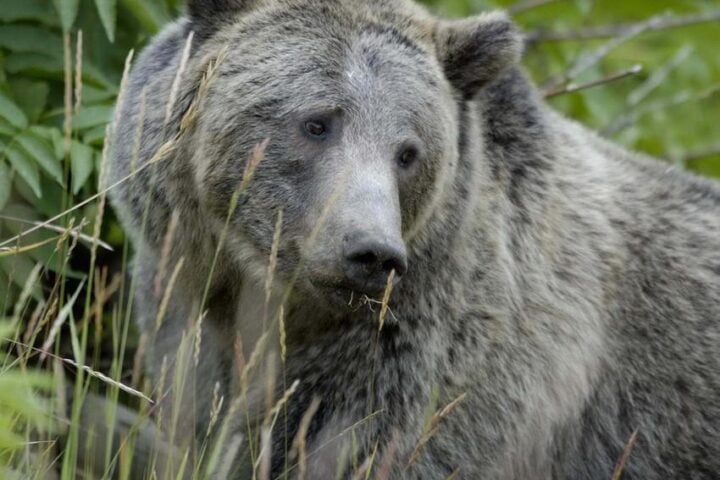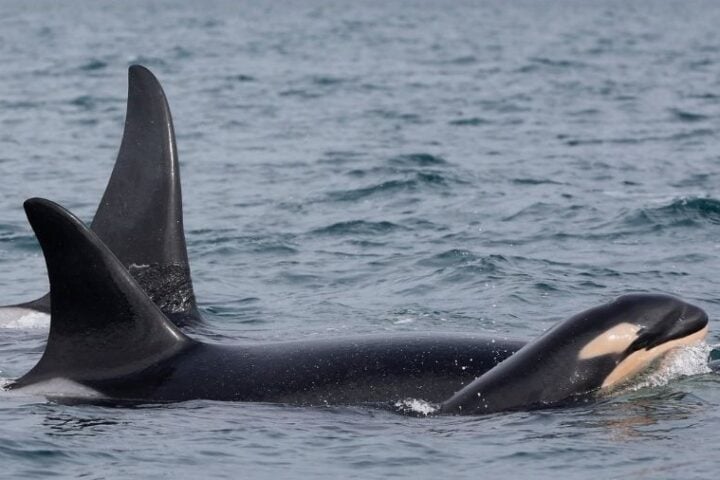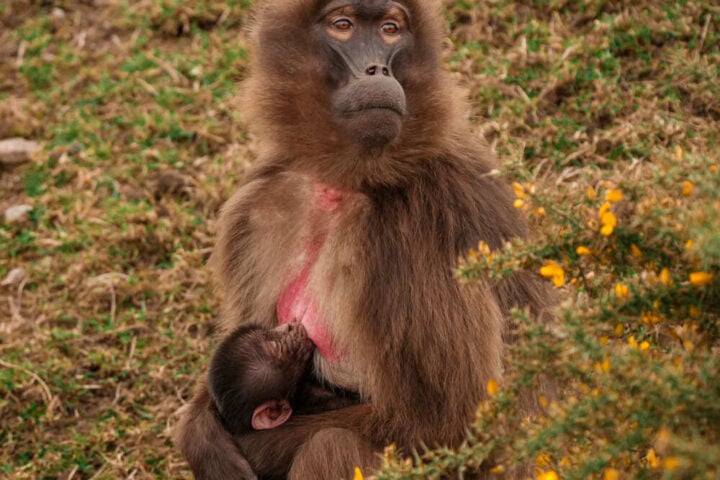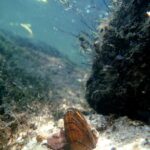New York State has finally updated its endangered species list after a 26-year gap, adding the Atlantic Coast Leopard Frog, Eastern Tiger Salamander, and Eastern Fence Lizard to its protected lists. The Department of Environmental Conservation (DEC) finalized these changes on April 9, 2025, marking the first revision since 1999 and reflecting growing concerns about declining amphibian populations.
The update follows extensive scientific research and attracted over 1,300 public comments, showing strong interest in protecting the state’s wildlife. Acting DEC Commissioner Amanda Lefton emphasized that these changes reflect the most current understanding of these species’ situations and their need for protection.
“I’m thrilled that New York is protecting these three precious animals and giving them a better chance at survival,” said Tara Zuardo, senior advocate at the Center for Biological Diversity.
The Atlantic Coast Leopard Frog wasn’t even recognized as a separate species until 2014. Found primarily in coastal plains including Long Island and parts of the lower Hudson Valley, this frog struggles as wetlands disappear to development. Its breeding grounds vanish as coastal areas urbanize, and pollution from nearby roads and farms seeps into its remaining habitat.
Similar Posts:
The Eastern Tiger Salamander faces similar challenges. These large salamanders spend most of their year in underground burrows but must migrate to temporary wetlands called vernal pools to breed each spring. Many die crossing roads during these crucial journeys. When they do survive the journey, they often find their breeding pools filled in or polluted.
The endangered and threatened designations create real protection for these animals by giving the state legal power to restrict activities that would harm them or destroy their habitats. This affects how land can be developed in areas where these species live. Construction projects may need to create buffer zones around wetlands or build special crossings where amphibians migrate across roads.
For outdoor enthusiasts and nature watchers, these protections help ensure future generations can still experience these unique animals in their natural settings. The amphibians also serve as living indicators of environmental health – their decline often signals broader problems that might eventually affect water quality and other wildlife.
The protection didn’t extend to all vulnerable species. The DEC chose not to list the Eastern Hellbender (a large aquatic salamander), American Eel, and American Shad despite evidence showing their populations are falling. “Unfortunately, the state failed to safeguard the hellbender, eel and shad, even though all scientific information shows they’re sliding toward extinction,” Zuardo noted.
These state-level protections come at a critical time. The Center for Biological Diversity reports that federal endangered species protections face potential weakening under proposals to strip habitat safeguards from federally recognized endangered species.

The DEC plans to continue updating its lists for different species groups over the next two years, addressing decades of backlogged conservation status assessments. For the newly protected species, the next steps will likely include habitat preservation efforts, migration corridor protection, and public education campaigns about their importance to New York’s natural heritage.

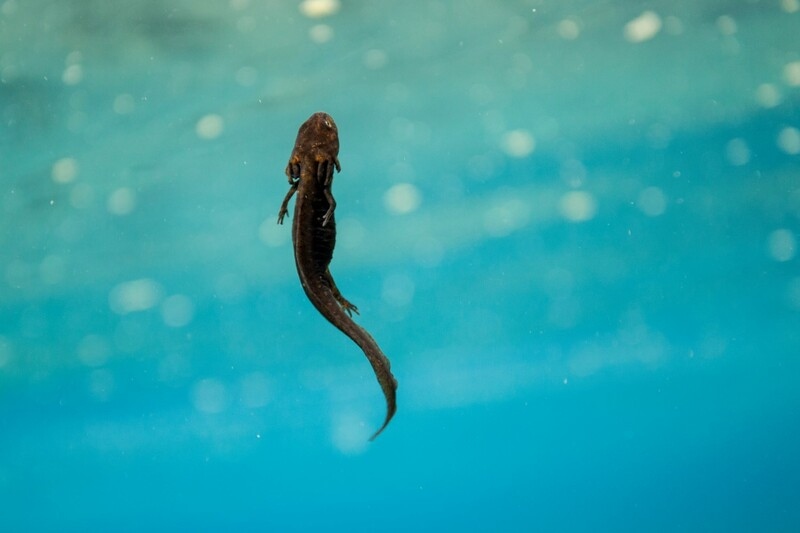

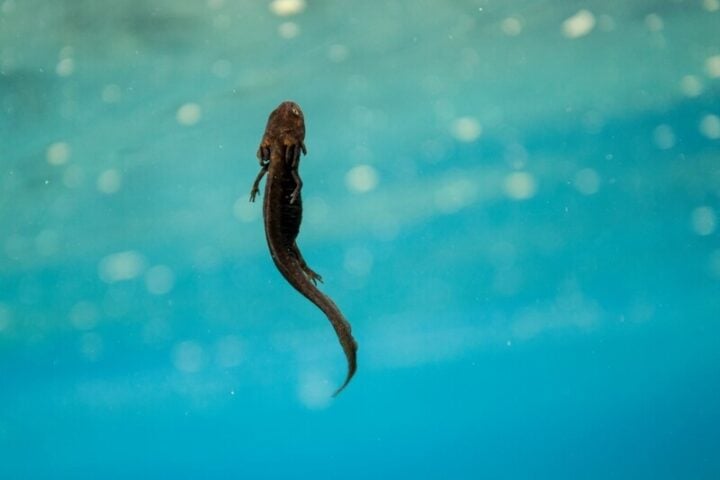
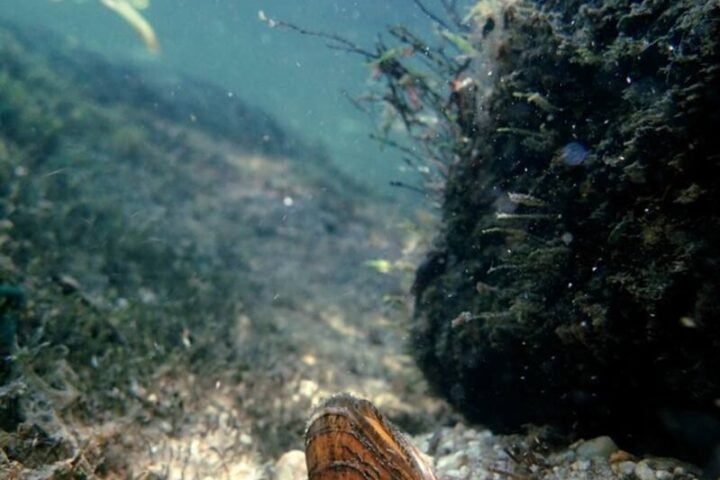


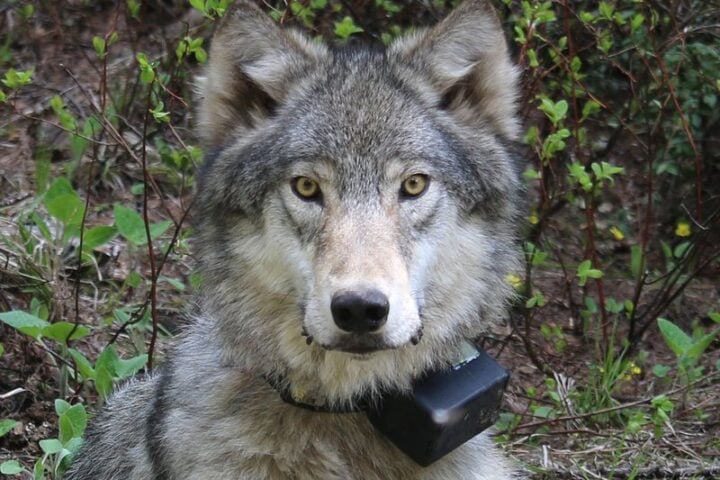
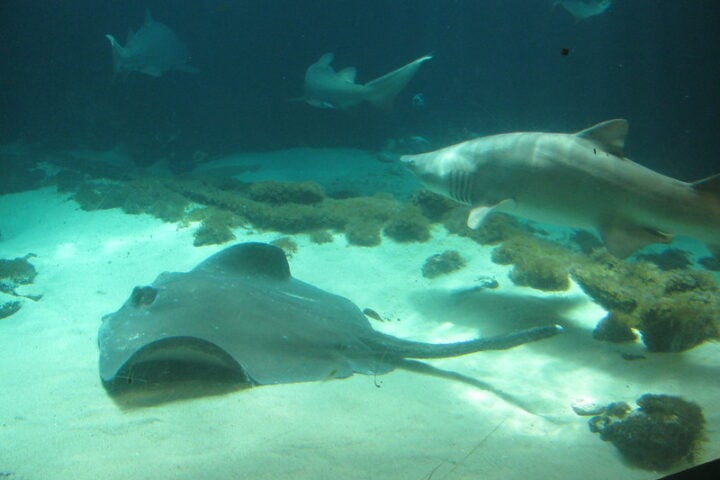
![Representative Image: European Starling [49/366]. Photo Source: Tim Sackton (CC BY-SA 2.0)](https://www.karmactive.com/wp-content/uploads/2025/04/Starlings-Drop-82-in-UK-Gardens-as-Birdwatch-2025-Reveals-Record-Low-Count-Since-1979-720x480.jpg)
